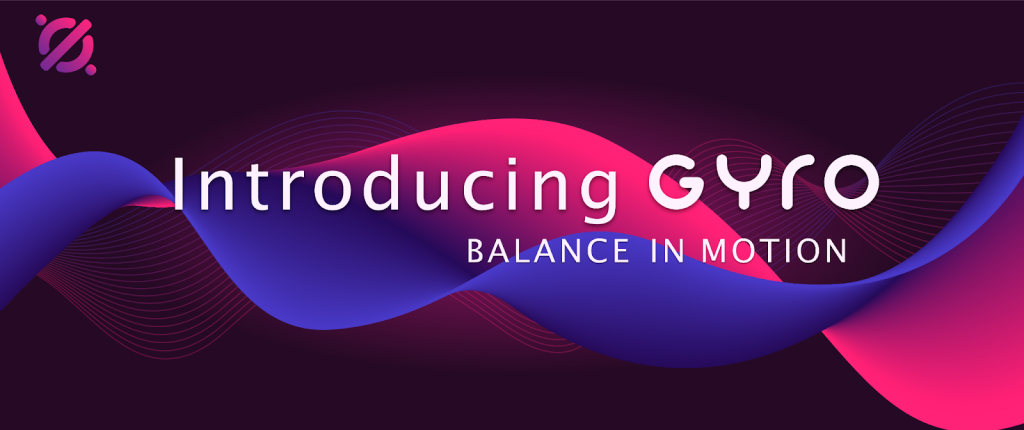Singapore, 23 Aug 2021, ZEXPRWIRE, The cryptocurrency space has been dominated by decentralized finance for the last two years, and a lot of this has to do with stablecoins. Most DeFi protocols don’t have fiat on-ramps, meaning the only way to push value into these platforms is through stablecoins. Names like Tether and USDC fuel today’s roaring engine of decentralized finance, but if the last few years have taught us anything, it’s that an asset’s popularity isn’t always the best predictor of its practicality.

Today’s stablecoins are a little broken, backed by a diverse pool of largely unregulated reserves. In an understandable turn of events, the industry developed algorithmic stablecoins, attempting to decentralize the stablecoin market. Most stablecoins like Tether are controlled centrally, while algorithmic stablecoins are controlled by a decentralized autonomous organization.
However, even the most successful algorithmic stablecoin initiatives of today have fatal design flaws. Maker, for example, is now heavily over-collateralized with ETH. In these systems, users are required to deposit an asset to receive stablecoins (in Maker’s case, this is called a collateralized debt position), and during bull markets, this model works reliably well, even generating profits for the platform’s native token holders.
In bear markets, however, when the collateral held in reserves falls below a threshold value, the system itself begins minting its native token to pay off lenders, and this can lead to a spiral of losses and even a complete devaluation of tokens.
Gyro was created to be so much more than a stablecoin project — it’s designed to help investors profit regardless of the market by becoming the most trusted, stable, and reliable basis for conducting decentralized finance. Its long-term price floor is one dollar, meaning investors never have to worry about their holdings losing value, and it even offers ways to profit during a bear cycle.
Bonds at Stake
Gyro is a state-of-the-art decentralized network with features from DeFi, including staking and bonding. However, before delving into its staking and bonding mechanisms, it’s crucial to understand how Gyro works as a platform.
Each GYRO token is backed by precisely a single dollar’s worth of stablecoins, and when the value of this backing falls below the $1 threshold, the protocol buys back tokens and burns them. However, when the demand rises, the system mints tokens to sell.
When a user deposits stablecoins into the Gyro platform, the protocol returns 1 GYRO to the depositor. When the GYRO is sold back to the platform, a stablecoin is sent back, and the deposited GYRO is burned. However, the stablecoins locked into the platform do not sit idly — they generate yield for stakers.
Since the protocol itself is the only entity allowed to mint or burn tokens, staking is tremendously beneficial because the network consistently profits from the purchase or sale of tokens. Whether it’s from buying GYRO under the $1 threshold during bear markets or selling above it during bull runs, the Gyro network always profits from market movements, and its immediate benefactors are stakers.
Staking pushes the network’s buying power upward, stimulating organic growth through compound interest and other staking incentives. Further, through bonding, users are offered the chance to cough up LP tokens in advance to purchase Gyro at a lower rate in the future. This adds liquidity to the protocol, adding to the treasury’s reserves and helping to keep the system stable and running.
This allows Gyro to profit from both appreciating and declining markets — something that hasn’t been executed properly in decentralized finance before. Cryptocurrency markets are notorious for their volatility storms, and even when it seems like the markets couldn’t fall further, they somehow manage to anyway. There are high profit margins to be made in crypto, but with great risk comes great reward, making it crucial to hedge your bets in this space.
A New Spin on Stablecoins
The Gyro team will conduct an Initial DEX Offering (IDO) shortly, giving early adopters the chance to make huge profits from the pre-listing sale on PancakeSwap.
The launch sale will take place from August 9th 12:00 UTC to August 28th at 15:00 UTC. The sale price is $4. The funds will be used to provide initial liquidity.
The sale will bring in $200k. $60,000 will be deposited to the treasury to back initial supply. The remaining $140,000 will be added as liquidity. The LP will open with 140,000 USDT and 10,000 GYRO. This is a starting price of $14 and initial liquidity of $200,000.
To be eligible, no purchase is necessary. Enter Gyro’s sweepstakes and follow the instructions for eligibility.
Gyro Sweepstakes: https://gyro.money/sweepstakes
For more updates, make sure to join the telegram community to stay up to speed. Gyro doesn’t just help investors turn a profit during bear markets, but it also improves the market’s stability as a whole. Whether we’re currently in a bullish or bearish market is still unclear, and in these situations, a market performance agnostic tool like Gyro is near invaluable.
Find them on telegram:
Find them on Twitter:
https://twitter.com/GyroDAO
Find them on Instagram:
https://www.instagram.com/gyrodao/
Media Contact –
Company – GYRO DAO
Email – [email protected]
The post GYRO DAO: The DeFi project making it possible to profit in both bull and bear markets. appeared first on Zex PR Wire.